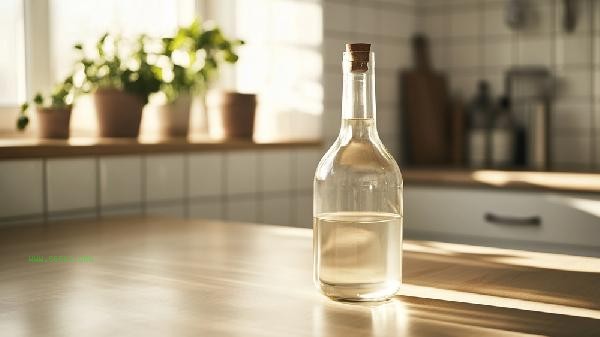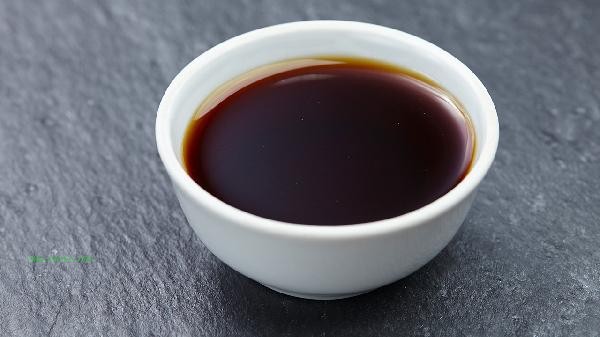Soaking shoes in white vinegar overnight usually does not cause significant damage to the shoes, but may affect some materials. The acidity of white vinegar may cause slight corrosion to leather, adhesive joints, or metal accessories, while natural materials such as cotton and linen have better resistance. White vinegar soaking is commonly used to remove shoe odors or slightly sterilize, and its low concentration of acetic acid has little effect on most shoe upper materials such as canvas and mesh. After soaking for a short period of time, rinse with clean water and dry in the shade in a timely manner, which generally does not cause the glue to peel or fade. However, it is important to avoid repeated use of this method, especially for dark colored shoes which may result in uneven local color.

High end materials such as genuine leather and suede shoes that come into long-term contact with acidic liquids may cause the leather to harden or lose its luster, and metal shoe buckles or decorations may also oxidize. If the shoes contain special coatings or waterproof films, white vinegar may damage their functionality. It is recommended to test the inside of the tongue and other concealed areas before use, and the soaking time should be controlled within 2 hours for safety.

For daily shoe cleaning, neutral detergent can be selected for local treatment, and baking soda paste can be used to replace acidic cleaning for stubborn stains. After soaking, the shoes should be placed in a ventilated place and dried in the shade to avoid exposure to sunlight and accelerate material aging. If the shoes become deformed or the odor worsens, it is recommended to stop using this method and consult a professional shoe repairman.









Comments (0)
Leave a Comment
No comments yet
Be the first to share your thoughts!